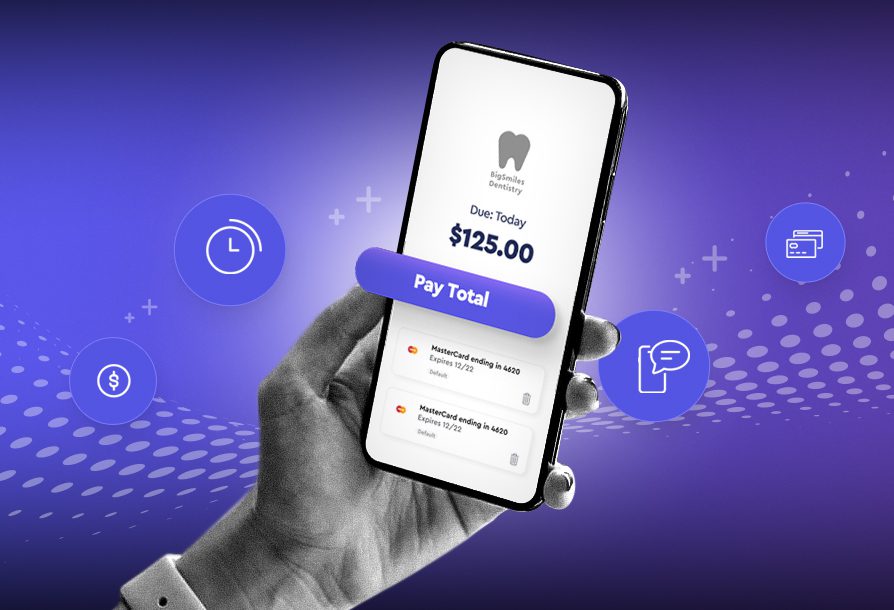The Profitability Puzzle: Examining the ROI of Patient Retention vs. New Patient Acquisition

In today’s competitive landscape, dental practices must not only attract new patients but also focus on keeping their existing patients satisfied and loyal. Patient retention involves fostering lasting relationships, effective communication, and personalized care. In contrast, new patient acquisition requires strategic marketing and outreach to capture the attention of potential patients. Both strategies have their unique benefits, challenges, and costs – and both are vital for success in the dental industry.
In this blog, we will discuss the importance of patient retention, factors contributing to it, its benefits, and how to calculate its return on investment (ROI). We will also analyze new patient acquisition, strategies for acquiring new patients, the challenges and costs associated with it, and how to calculate its ROI while considering long-term value and patient retention potential.
Finding the right balance between patient retention and new patient acquisition is crucial for sustainable growth and maximizing ROI.
Factors contributing to patient retention
Delivering high-quality care that meets or exceeds expectations is crucial for patient retention. This includes timely access to care, effective communication, personalized treatment plans, and positive outcomes.
Strong communication between providers and patients helps build trust and fosters engagement. Regular and meaningful interactions, including active listening, addressing concerns, and involving patients in their treatment decisions, contribute to patient retention.
Establishing a personalized and empathetic approach to patient care creates a sense of loyalty and connection. This includes continuity of care, understanding patients’ individual needs, and proactively managing their dental wellness journey.
Benefits of patient retention
Patient retention helps establish a foundation of trust and familiarity, leading to increased patient satisfaction and loyalty. Retained patients generate ongoing revenue through repeat visits, follow-up appointments, and additional services. Long-term patient relationships contribute to a stable revenue stream, reducing the need for excessive marketing and new patient acquisition costs. Additionally, satisfied patients often refer their friends and family to the same provider. A strong reputation built on patient retention can attract new patients and create a competitive advantage in the market.
Calculation of ROI for patient retention
Dental practices must identify the resources allocated to patient retention efforts. This includes expenses related to patient engagement initiatives, staff training, patient satisfaction surveys, loyalty programs, and any technology or software implemented to enhance patient experience.
To measure the financial impact of patient retention, it is crucial to evaluate the revenue generated by retained patients over a specific period. This includes calculating the lifetime value of patients, considering the frequency of visits, services utilized, and average revenue per patient.
Consideration of additional benefits for patient retention
While financial returns are an important aspect of evaluating the ROI of patient retention, it is equally vital to consider the non-financial benefits that contribute to the overall value.
Patient retention is often associated with better outcomes as patients receive consistent and ongoing care from their trusted providers. Satisfied patients are more likely to follow treatment plans, engage in preventive care, and experience positive clinical outcomes.
Retained patients require less administrative work compared to new patients, as their medical history, preferences, and insurance details are already on record. This leads to reduced paperwork, administrative burden, and operational costs. Additionally, satisfied and loyal patients are less likely to switch providers, reducing the costs associated with attracting and converting new patients.
With a focus on patient retention, dental providers can establish streamlined processes, personalized treatment plans, and efficient workflows. This can result in improved staff productivity, reduced appointment cancellations or no-shows, and optimized resource utilization.
Strategies for acquiring new patients
Dentists can leverage traditional advertising channels, such as print media, radio, and television, as well as digital marketing platforms, including search engine optimization (SEO), pay-per-click (PPC) advertising, and social media marketing. These efforts help raise awareness, drive visibility, and attract potential patients.
Encouraging current patients to refer their friends, family, and colleagues can be an effective way to acquire new patients. Implementing referral programs, incentivizing referrals, and building strategic partnerships with other providers or organizations can expand the reach and attract new patients.
Establishing a strong online presence through a professional website, online directories, and active engagement on social media platforms can attract potential patients who search for providers online. Content marketing, email marketing, and online appointment booking systems can further facilitate new patient acquisition.
Challenges and costs associated with new patient acquisition
Implementing effective marketing strategies to acquire new patients often requires significant financial investments. Advertising costs, digital marketing campaigns, and ongoing promotional activities can strain the budget.
Acquiring new patients does not guarantee their immediate conversion into long-term patients. The conversion rates and time required to establish long-term relationships can vary, impacting the ROI of new patient acquisition.
The dental industry is highly competitive, with multiple providers vying for the attention and choice of potential patients. Standing out in a crowded marketplace and differentiating your practice’s offerings can be a challenge.
Calculation of ROI for new patient acquisition
Acquiring new patients often requires significant investments in marketing and advertising initiatives. These costs can vary depending on the chosen strategies and channels, such as print media, digital marketing campaigns, referral programs, and partnerships. It is crucial to evaluate the effectiveness and efficiency of these marketing efforts to ensure a positive ROI.
Measuring the financial impact of new patient acquisition involves analyzing the revenue generated by the acquired patients. This includes calculating the revenue from initial consultations, subsequent visits, and any additional services or treatments provided to these patients. It is essential to consider the average revenue per new patient and the potential for future revenue generation through repeat visits and ongoing care.
Consideration of long-term value and patient retention potential
While evaluating the ROI of new patient acquisition, it is important to consider the long-term value of new patients and their potential for retention. New patients who are successfully converted can become loyal, long-term patients, contributing to ongoing revenue and profitability.
Evaluating the ROI of new patient acquisition involves analyzing the costs, measuring the financial benefits, and considering the long-term value of acquiring new patients.
Considerations for resource allocation and growth strategies
Patient retention, focusing on keeping existing patients engaged and satisfied, offers numerous financial benefits. Retained patients contribute to a stable revenue stream through repeat visits, follow-up appointments, and additional services. They also result in cost savings by reducing administrative work and minimizing the need for excessive marketing costs associated with acquiring new patients.
On the other hand, new patient acquisition expands the patient base and introduces new revenue streams. Successful conversion of new patients can lead to initial consultation fees, subsequent visits, and potential revenue from additional services. However, acquiring new patients comes with marketing costs that should be carefully evaluated to ensure a positive ROI.
It is important to recognize that patient retention and new patient acquisition are not mutually exclusive. Finding the right balance between the two strategies is essential. A synergistic approach that combines efforts to retain existing patients while strategically acquiring new ones can maximize the overall ROI and contribute to sustainable growth.
Ready to get started?
To learn more about prioritizing your patients experience, reach out to us for a demo today.


